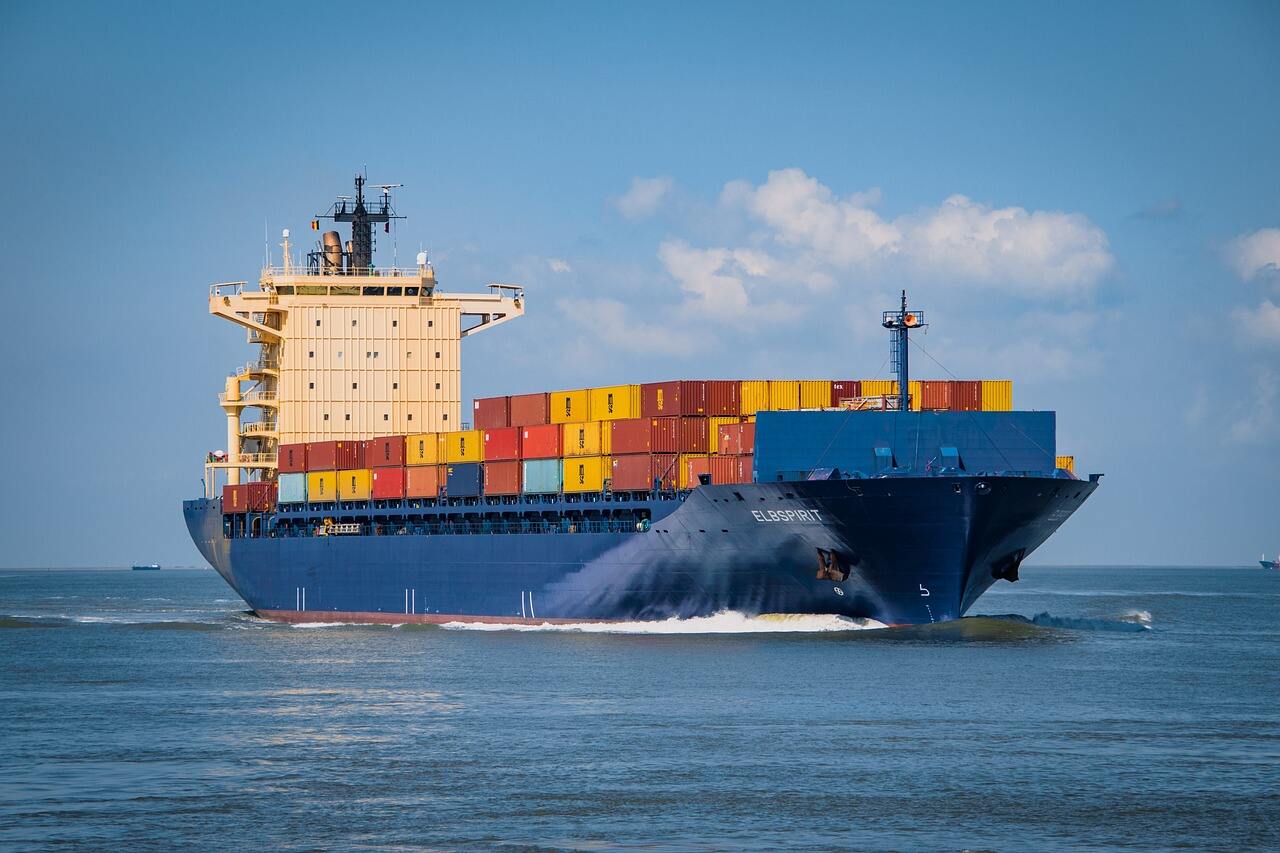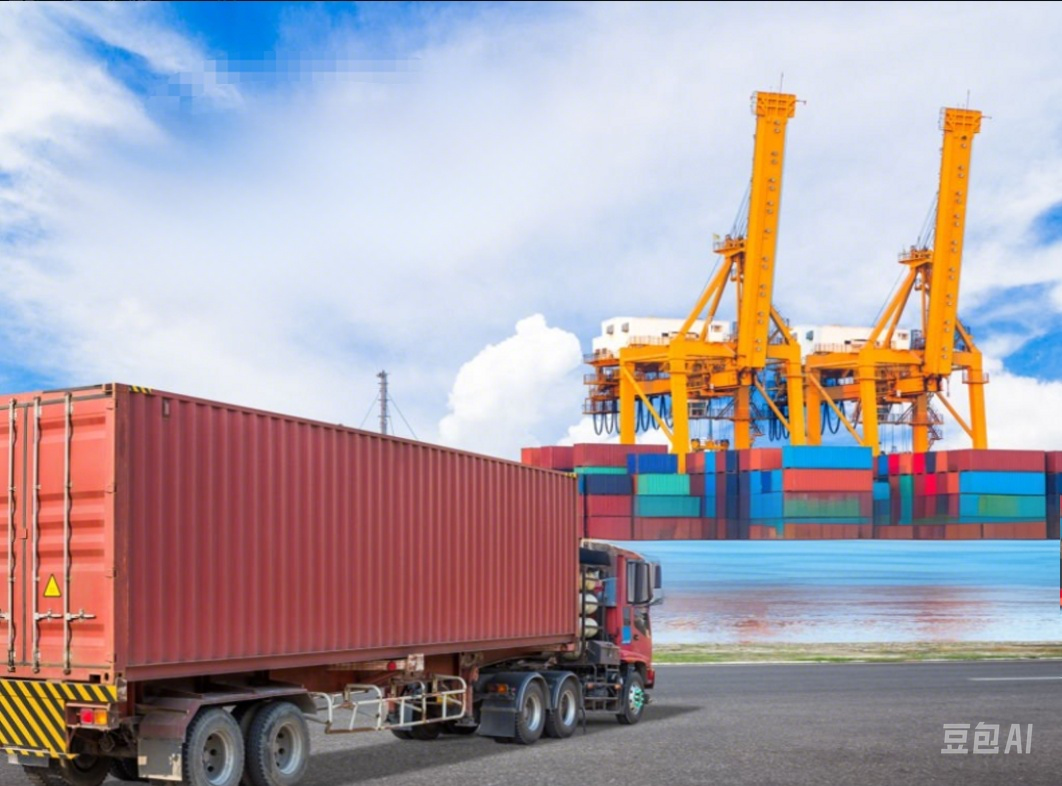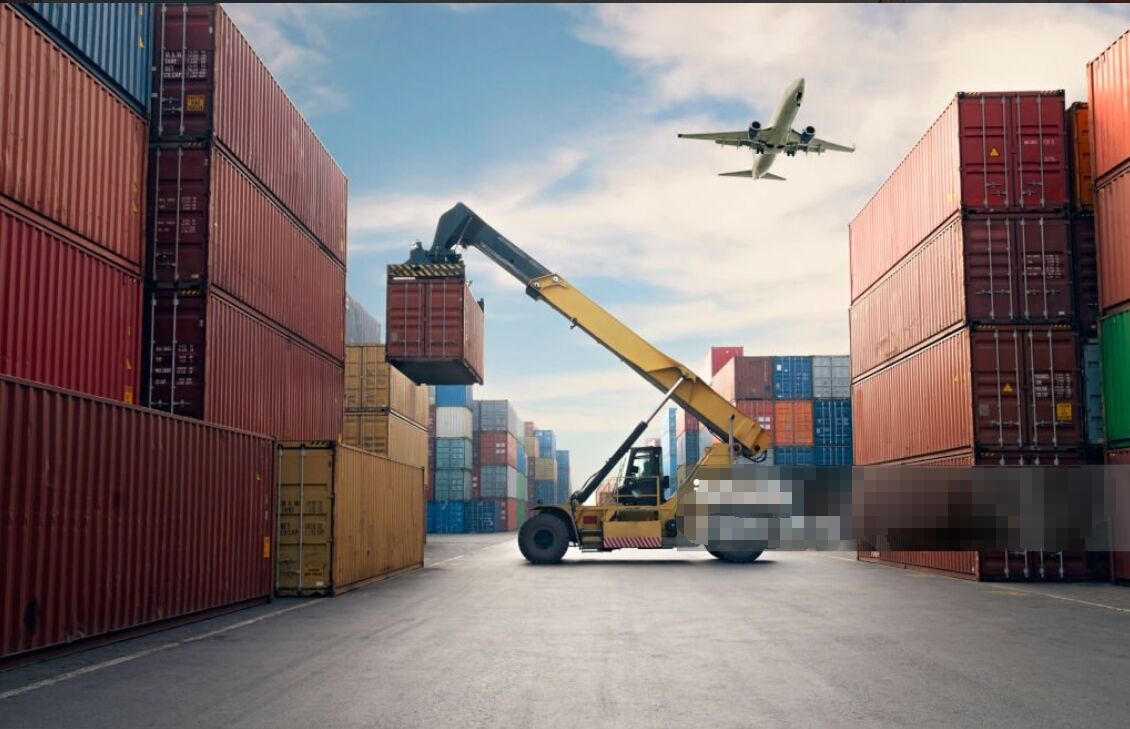Environmental Impact and Sustainability
Carbon Emissions Comparison
Freight transportation is a significant contributor to greenhouse gas emissions, making it crucial to evaluate the environmental impact of different modes. Trains, renowned for their efficiency, typically produce significantly fewer emissions compared to road freight, with rail freight generating less than one-fifth of the emissions per ton-kilometer. According to the World Bank, shifting from road to rail could cut emissions by as much as 70%. This drastic reduction in emissions underscores the potential role rail can play in sustainable freight shipping. Transitioning more freight to rail could therefore align with global sustainability goals, significantly mitigating the carbon footprints associated with freight shipping.
Fuel Efficiency in Freight Shipping
When it comes to fuel efficiency, rail freight offers significant advantages over road transport. Trains are inherently more fuel-efficient, consuming less energy per ton-kilometer than trucks—nearly three times less. This efficiency not only reduces operational costs but also contributes to environmental conservation efforts. Companies that have adopted rail for long-haul shipments have reported notable reductions in fuel consumption. For instance, a study highlighted that trains can replace more than 50 trucks over long routes, optimizing fuel usage and lowering carbon emissions. Such fuel savings can profoundly impact both operational expenses and ecological footprints in the freight industry.
Government Policies Promoting Rail Freight
Governments worldwide are recognizing the environmental and economic benefits of rail freight, implementing policies to promote its adoption. In many countries, incentives and regulations have been established to encourage businesses to shift freight from road to rail. For instance, the European Union's initiatives aim to increase rail’s share in freight transport to 30% by 2030, supported by substantial investments in rail infrastructure. These government-led projects often result in enhanced sustainability for rail operations, encouraging businesses to opt for rail freight over road transport. Through such policies, governments play a pivotal role in fostering a more sustainable freight ecosystem.
Infrastructure Investment: Rail vs. Road
When considering infrastructure investment, initial costs for developing rail infrastructure often appear higher than for roads. Constructing railways requires significant capital due to land acquisition, track laying, and technology advancements. However, the long-term financial benefits of rail investment are substantial. Over time, rail infrastructure often yields a higher return on investment as trains are more efficient and have higher freight capacities. For example, studies have shown that rail investments contribute to sustained economic growth by reducing logistics costs and improving accessibility to markets.
- Initial Costs: Rail development involves significant start-up costs, including technologies and skilled labor.
- Long-term Benefits: Rail systems often have a higher ROI due to fuel efficiency and capacity.
- Government Role: Government funding and public-private partnerships can offset initial expenses, making rail more appealing.
Recognizing these advantages, many governments are now prioritizing rail infrastructure through funding and partnerships, which could tip the scales toward rail as a dominant freight mode.
Long-Term Maintenance Costs
Determining long-term maintenance costs often reveals rail freight as a more economical choice over road freight. Rail systems, with their durable materials and engineering precision, generally incur fewer maintenance costs compared to the wear and tear experienced by roads. Statistics underline the disparity in budget allocations, with roads demanding more frequent repairs due to greater exposure to environmental elements and heavier vehicle traffic.
- Durability: Railways require less frequent maintenance than roadways.
- Financial Allocation: Budget disparities show roads have higher upkeep needs.
- Optimization Strategies: Adopting preventive measures could further optimize rail maintenance expenditures.
Efforts to better optimize maintenance expenditures should be a priority for ensuring the long-term sustainability of both rail and road infrastructures.
Impact of Fuel Prices on Freight Companies
Freight companies are significantly impacted by fluctuating fuel prices, which directly affect operational costs. As fuel is a substantial part of freight expenses, companies must adapt quickly to market changes. The correlation between fuel prices and freight pricing can be seen in various case studies where suddenly high fuel costs led to increased freight rates, impacting competitiveness.
- Cost Fluctuations: Fuel prices significantly impact operational costs.
- Freight Rates: Changes in fuel costs often lead to adjustments in freight rates.
- Competitive Tactics: Companies strategize to maintain competitiveness amid price shifts.
The competitive landscape between rail and road is constantly shifted by these price fluctuations, making fuel pricing trends a crucial consideration for future freight strategies. Predictions suggest continued volatility, pushing companies to adopt more fuel-efficient practices to stay economically viable.
Infrastructure Requirements and Limitations
Railway Network Accessibility Challenges
Rail freight systems are often hindered by accessibility challenges that can impact the efficiency of freight transportation. A significant concern is the limited reach of railway networks compared to comprehensive road transport systems. Geographic limitations, such as mountainous regions, sparsely populated areas, or regions lacking rail infrastructure, further complicate access. According to recent statistics, railways serve only about 30% of the regions compared to road networks, which cover over 80% of areas. To enhance the accessibility of rail networks, it is essential to invest in expanding infrastructure, particularly in underserved regions, and consider innovative solutions like integrating rail with other transport modes to improve connectivity.
Road Congestion and Last-Mile Delivery
Freight transport efficiency is frequently compromised by road congestion, especially in urban areas. This congestion leads to delays and increased costs in last-mile delivery, which is vital for timely and efficient distribution of goods. Studies show that delays due to road congestion can result in a 10-15% increase in delivery time. This not only impacts delivery schedules but also adds to fuel consumption and operational expenses. To enhance freight efficiency, potential solutions include investing in smart traffic management systems, developing dedicated freight lanes, and using technology to optimize route planning and delivery schedules.
Role of Freight Forwarders in Bridging Gaps
Freight forwarders play a crucial role in logistics by bridging the gap between different modes of freight transport, enhancing overall efficiency. They manage the complexities involved in both rail and road transport, ensuring seamless movement of goods. With the rise of e-commerce and globalization, freight forwarding services have seen substantial growth, acting as a vital link in the logistics chain. For instance, the freight forwarding industry in particular regions has experienced a growth rate of over 5% annually, underscoring their importance in modern logistics. A case study highlights how a leading logistics company utilized freight forwarders to successfully navigate cross-border complexities, ensuring smooth and efficient freight movement.
Flexibility and Delivery Performance
Adaptability of Road Freight to Market Demands
Road freight is renowned for its ability to swiftly adapt to immediate market demands. Unlike other transportation methods, road freight can rapidly adjust to fluctuating order volumes, offering a level of agility that is vital for many industries. For example, sectors like retail and e-commerce benefit significantly from this flexibility, allowing them to meet customer expectations promptly. Statistics show that road freight can reduce delivery times drastically, enhancing overall delivery performance. As market demands continue to evolve, industries relying on quick turnaround times emphasize the importance of road freight's adaptability over more rigid systems.
Rail Freight Timetables and Scheduling Constraints
The scheduling of rail freight often presents constraints that can affect overall delivery performance and customer satisfaction. Rail transport operates on fixed timetables, which may not always align with the unpredictable needs of businesses. Statistical data often shows average delays or challenges in adherence to schedules due to various factors such as track congestion or maintenance. These scheduling constraints can shape customer expectations, sometimes limiting the ability to deliver goods promptly. To address these issues, it is recommended that rail freight operations incorporate more flexible scheduling systems and leverage technology to forecast and adjust timetables more dynamically. Enhancing this adaptability can bridge gaps between rigid and agile transport systems.
Hybrid Solutions: Combining Rail and Road Transport
Integrating both rail and road transport through hybrid solutions is an increasingly popular trend in logistics. Hybrid transport systems exploit the strengths of rail's long-distance efficiency and road freight's flexibility to improve overall performance. Studies show that hybrid systems can significantly boost efficiency, reducing costs and transit times. A growing trend in integrated logistics services emphasizes the seamless connection between rail and road networks, providing a comprehensive solution that meets diverse transportation needs. Case studies of companies that have successfully implemented hybrid freight solutions demonstrate the potential for gains in reliability and delivery precision. As logistics continue to evolve, embracing hybrid solutions becomes crucial for optimizing freight transportation.
In implementing these strategies, freight companies can leverage enhanced delivery performance while reducing operational constraints associated with individual transport modes, offering a balanced and efficient solution to meet market demands.
Volume Handling: Trains vs. Trucks
When considering freight shipping, understanding the differences in volume handling between trains and trucks is crucial. Trains generally have a significantly larger cargo capacity than trucks, making them ideal for transporting large quantities of goods over long distances. For instance, a single freight train can replace more than 50 trucks, directly impacting the volume handling capability. Moreover, while a truck might handle up to 44,000 pounds of cargo, trains can manage thousands of tons in a single run, providing a clear advantage for bulk shipments. Price elasticity also varies; higher volume transports typically benefit from economies of scale with rail, often leading to more cost-effective solutions per ton-kilometer. Therefore, when choosing between these two, it's vital to align the mode of transport with your specific volume needs, considering both capacity and cost. For small to medium shipments needing flexibility, trucks are a viable option. However, for larger, more predictable consignments, trains may offer better economic benefits and efficiency.
Expanding Rail Freight for Bulk Shipments
Rail freight provides an unparalleled opportunity for the efficient transportation of bulk shipments. Current statistics show that the rail system is designed to accommodate substantial freight volumes, with significant potential for further capacity expansion. For instance, the European Union aims to increase rail's freight share to 30% by 2030, supported by advancements in rail technology and infrastructure. Economically, bulk transport via rail often results in reduced transportation costs per ton due to the energy efficiency of trains compared to trucks. This mode significantly reduces greenhouse gas emissions, aligning with environmental policies and potentially offering tax benefits or subsidies. Successful case studies, like those transforming industries in Europe, showcase companies capitalizing on rail's capacity for large volume shipments. Businesses considering bulk transport should explore integrating or expanding rail freight into their logistics strategies to achieve cost savings, reduce carbon footprints, and enhance operational efficiency.
Role of Freight Companies in Scaling Operations
The scaling of operations in response to rising demand has positioned freight companies as pivotal players in global logistics. Freight companies are employing logistics innovations to adapt and scale services effectively. According to industry data, the freight industry is growing steadily, with projections indicating significant increases in demand for freight shipping services. These companies are investing in technology such as digital freight platforms and automated processes to enhance their capacity and flexibility. Strategic partnerships and alliances are also becoming more common, allowing companies to expand their reach and resource pool. For example, collaborations with railway systems can optimize bulk shipping logistics, while partnerships with tech firms can offer real-time tracking and predictive analytics. Through these innovations, freight companies can manage increased capacities while maintaining high service levels, bolstering their ability to adapt to market fluctuations and providing scalable logistical solutions.




